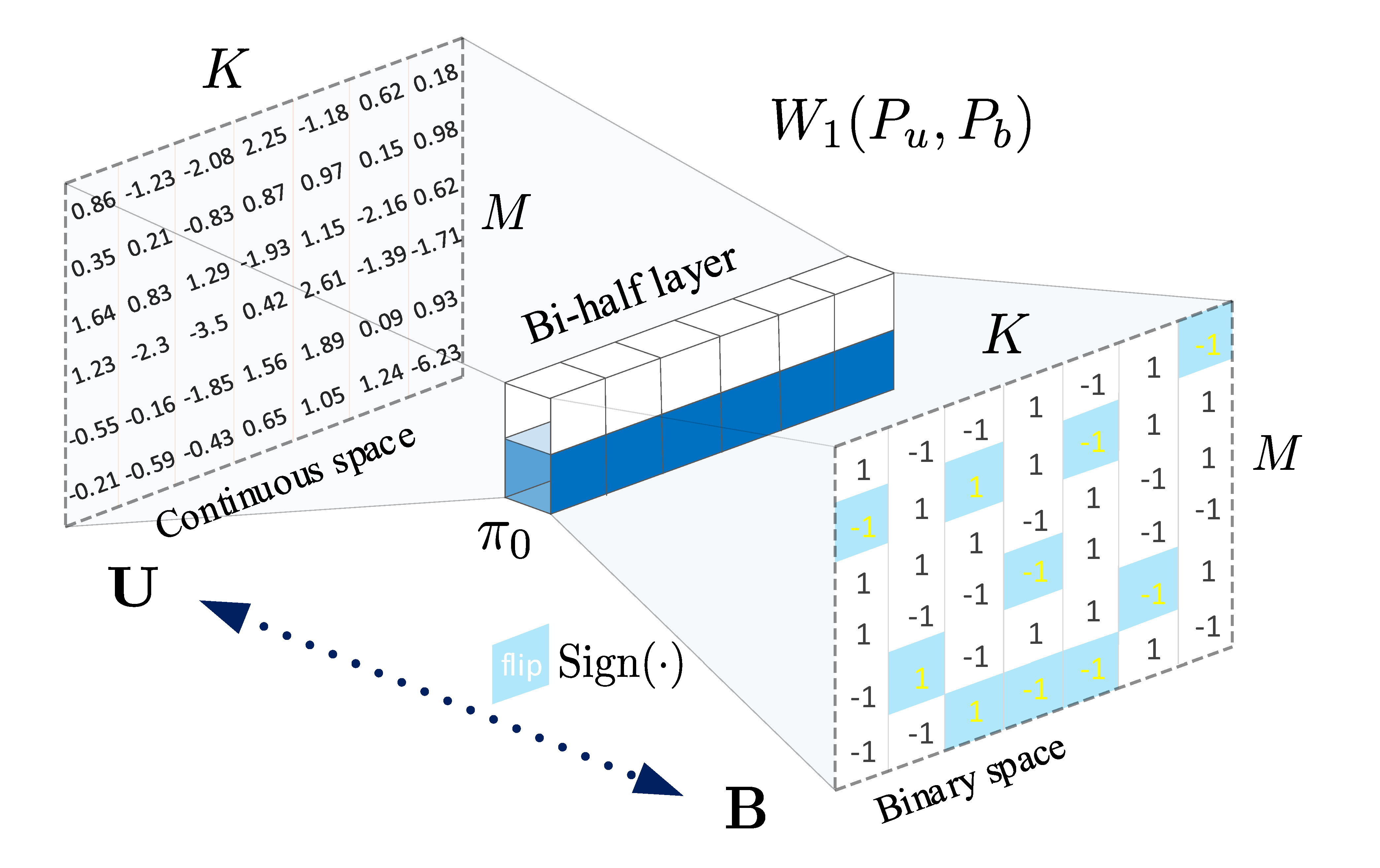Diffusion Probabilistic Models
This repository provides a reference implementation of the method described in the paper:
Deep Unsupervised Learning using Nonequilibrium Thermodynamics
Jascha Sohl-Dickstein, Eric A. Weiss, Niru Maheswaranathan, Surya Ganguli
International Conference on Machine Learning, 2015
http://arxiv.org/abs/1503.03585
This implementation builds a generative model of data by training a Gaussian diffusion process to transform a noise distribution into a data distribution in a fixed number of time steps. The mean and covariance of the diffusion process are parameterized using deep supervised learning. The resulting model is tractable to train, easy to exactly sample from, allows the probability of datapoints to be cheaply evaluated, and allows straightforward computation of conditional and posterior distributions.
Using the Software
In order to train a diffusion probabilistic model on the default dataset of MNIST, install dependencies (see below), and then run python train.py.
Dependencies
- Install
Blocksand its dependencies following these instructions - Setup
Fueland download MNIST following these instructions.
As of October 16, 2015 this code requires the bleeding edge, rather than stable, versions of both Blocks and Fuel. (thanks to David Hofmann for pointing out that the stable release will not work due to an interface change)
Output
The objective function being minimized is the bound on the negative log likelihood in bits per pixel, minus the negative log likelihood under an identity-covariance Gaussian model. That is, it is the negative of the number in the rightmost column in Table 1 in the paper.
Logging information is printed to the console once per training epoch, including the current value of the objective on the training set.
Figures showing samples from the model, parameters, gradients, and training progress are also output periodically (every 25 epochs by default -- see train.py).
The samples from the model are of three types -- standard samples, samples inpainting the left half of masked images, and samples denoising images with Gaussian noise added (by default, the signal-to-noise ratio is 1). This demonstrates the straightforward way in which inpainting, denoising, and sampling from a posterior in general can be performed using this framework.
Here are samples generated by this code after 825 training epochs on MNIST, trained using the command run train.py:

Here are samples generated by this code after 1700 training epochs on CIFAR-10, trained using the command run train.py --batch-size 200 --dataset CIFAR10 --model-args "n_hidden_dense_lower=1000,n_hidden_dense_lower_output=5,n_hidden_conv=100,n_layers_conv=6,n_layers_dense_lower=6,n_layers_dense_upper=4,n_hidden_dense_upper=100":

Miscellaneous
Different nonlinearities - In the paper, we used softplus units in the convolutional layers, and tanh units in the dense layers. In this implementation, I use leaky ReLU units everywhere.
Original source code - This repository is a refactoring of the code used to run the experiments in the published paper. In the spirit of reproducibility, if you email me a request I am willing to share the original source code. It is poorly commented and held together with duct tape though. For most applications, you will be better off using the reference implementation provided here.
Contact - I would love to hear from you. Let me know what goes right/wrong! [email protected]




